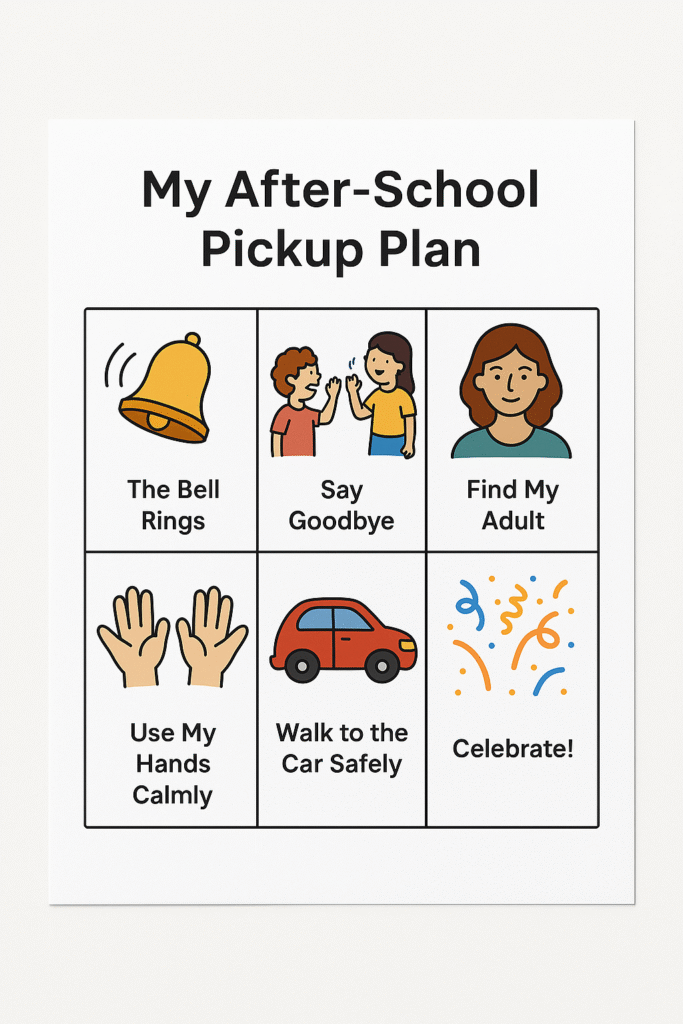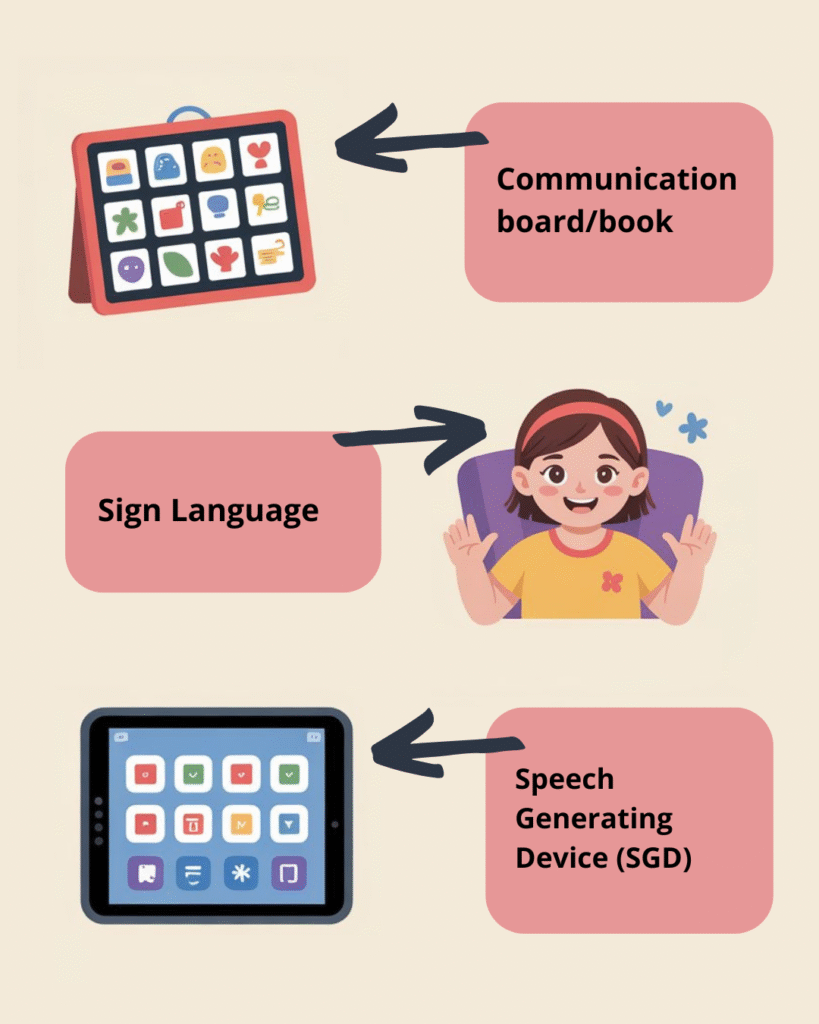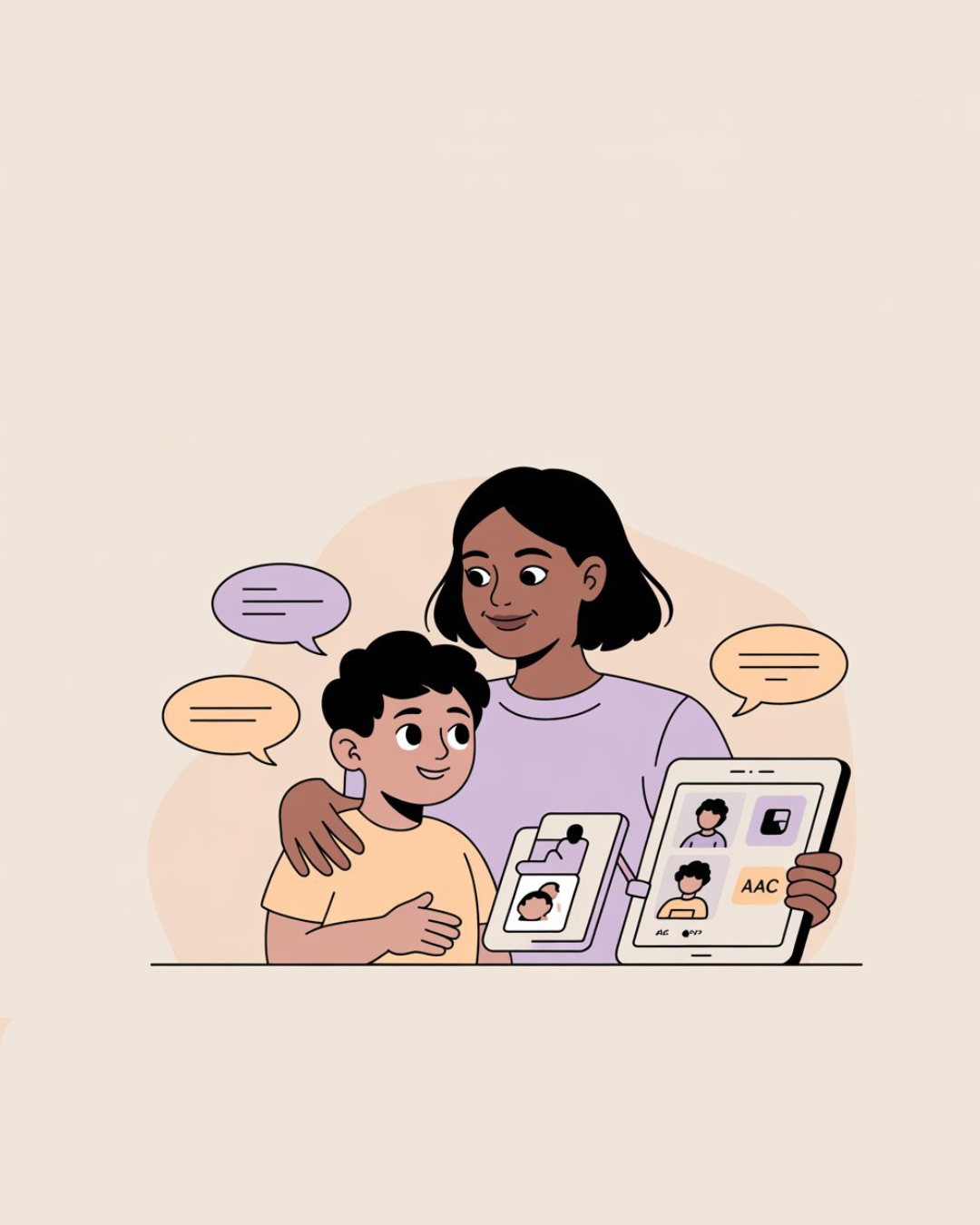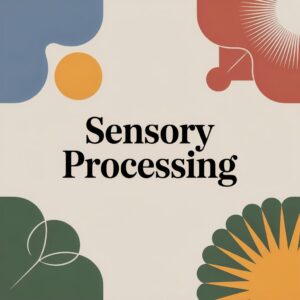How to Communicate Effectively with Autistic Children and Adults
Two areas of impact for an autistic person are communication and interaction with others. In this post, we will talk about the first one. But first, let’s take a step back to understand what communication is.
Communication works in two ways. First, it is the ability to express your ideas, thoughts, or emotions. Second, it is understanding other people’s ideas, thoughts, or emotions.
We can communicate in different ways:
- Words
- Gestures
- Facial expressions
- Unwritten social rules (for example, waiting to take a turn in a conversation)
How do people with autism communicate?
For people with autism, communication might be a little different. Let’s remember that autism is a spectrum, which means that it shows up in different ways.
- Non-verbal: Some people with autism do not communicate with words. Instead, they might use alternative ways to communicate. The most common ways are sign language, pictures, or electronic devices (AAC).
- No eye contact: Some people might look away from you, while others might look around you. Eye contact can be very distressing for people with autism.
- Difficulty understanding facial expressions: Sometimes your angry face will mean nothing to them.
- Taking things literally: Some people say things as they are. They might sound too honest or blunt.
- Invented language: Sometimes they will make up words and repeat them often.
- Repeat words/sentences: As mentioned above, they might repeat their unique words. Also, they might repeat words or phrases from TV shows. This is called echolalia. When this happens, it can mean different things, for example:
- Having a hard time communicating with you
- Having a hard time answering your question
- Self-soothing or engaging with you
- Share their special interests with you: Some people with autism have special interests. They would love to tell you everything about them (literally).
- Tone and volume: Some people might speak in monotone. Also, they might use a louder volume that doesn’t match the context, for example, being loud at the library.
- It’s all in the details: People with autism might not filter information, so they will give you every possible detail they know.
How to communicate with people with autism
- You can communicate using clear, simple instructions. Use fewer words.
- Give them some time to process your instructions.
- Break a task into steps. For example, instead of saying “get ready,” say “first put your shoes on, then put your jacket on.”
- Use visuals to communicate routines.
- Describe what to expect and prepare them for upcoming situations by describing the place, the number of people, and possible temperatures. Also, it is helpful to bring preferred activities, toys, or fidgets to help with unexpected circumstances.
- Give specific praise. For example, instead of “well done,” say “I like how you made your bed.”
- Describe the behavior you want. For example, instead of “don’t run,” say “walk next to me.” (I should remember this one more often!)
Extra tips
- Be patient: It might take them a while to process what you’ve said.
- Be consistent: Make sure you are communicating in the same way. I know this is hard—it helps if you have a script.
- Behavior means communication: Children with autism might not communicate their pain using words, but through what we understand as misbehavior.
- Be curious: Try to investigate what is going on and what might be causing a trigger.
Example of Visual for pick up routine

Examples of AAC





